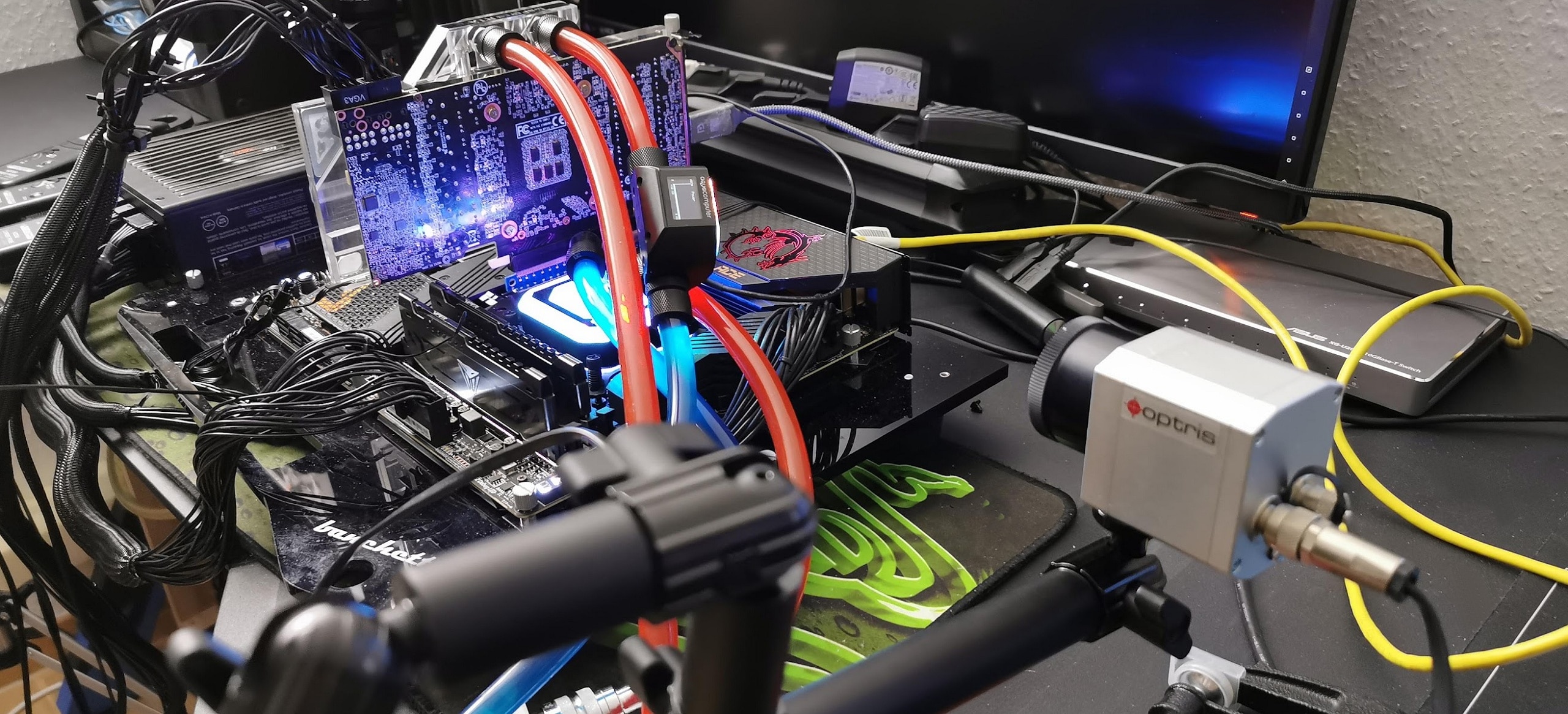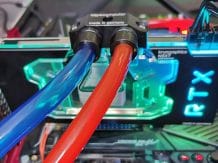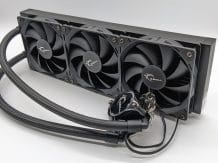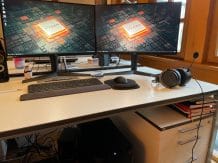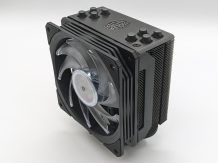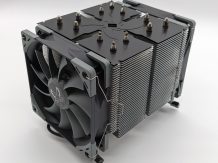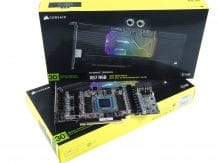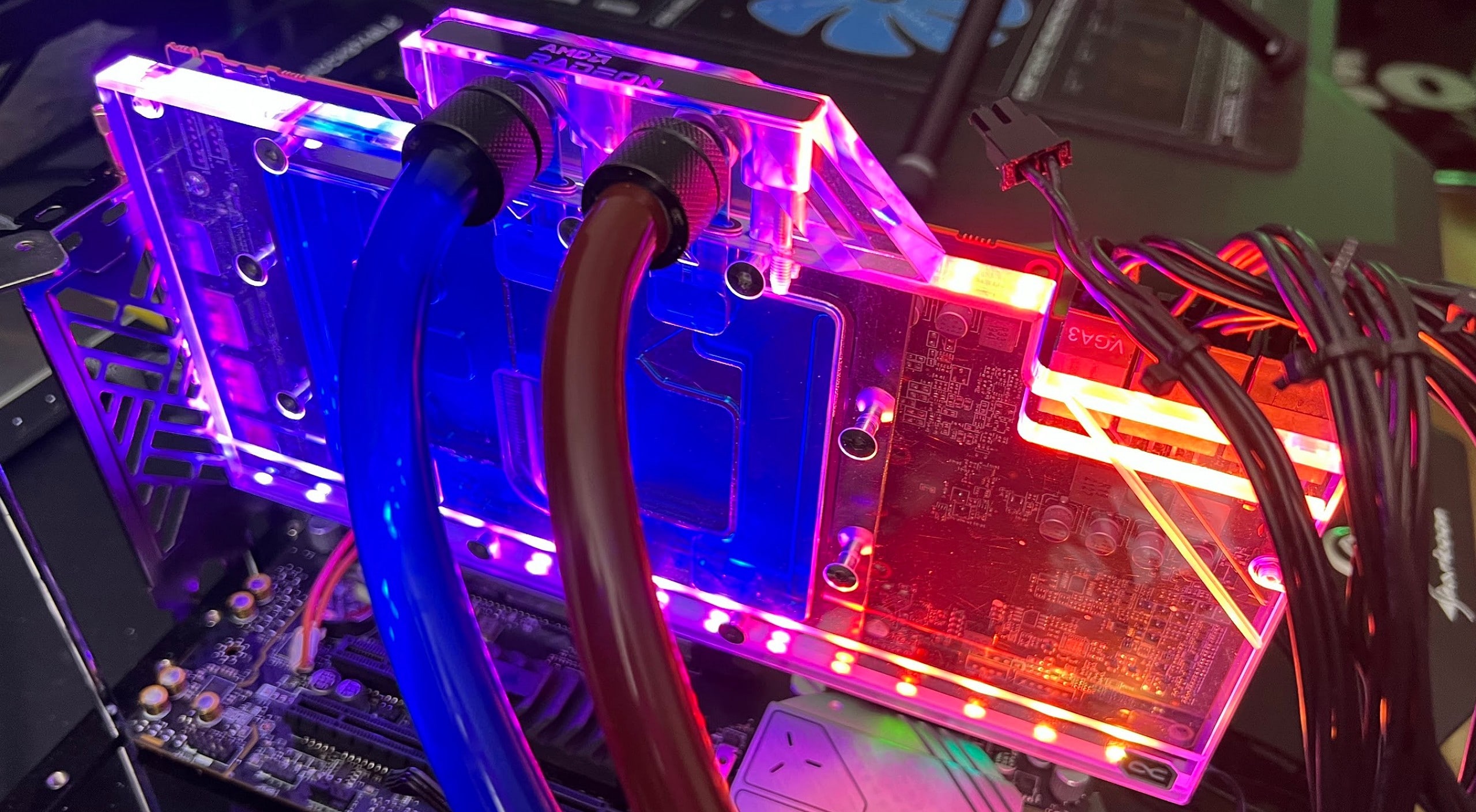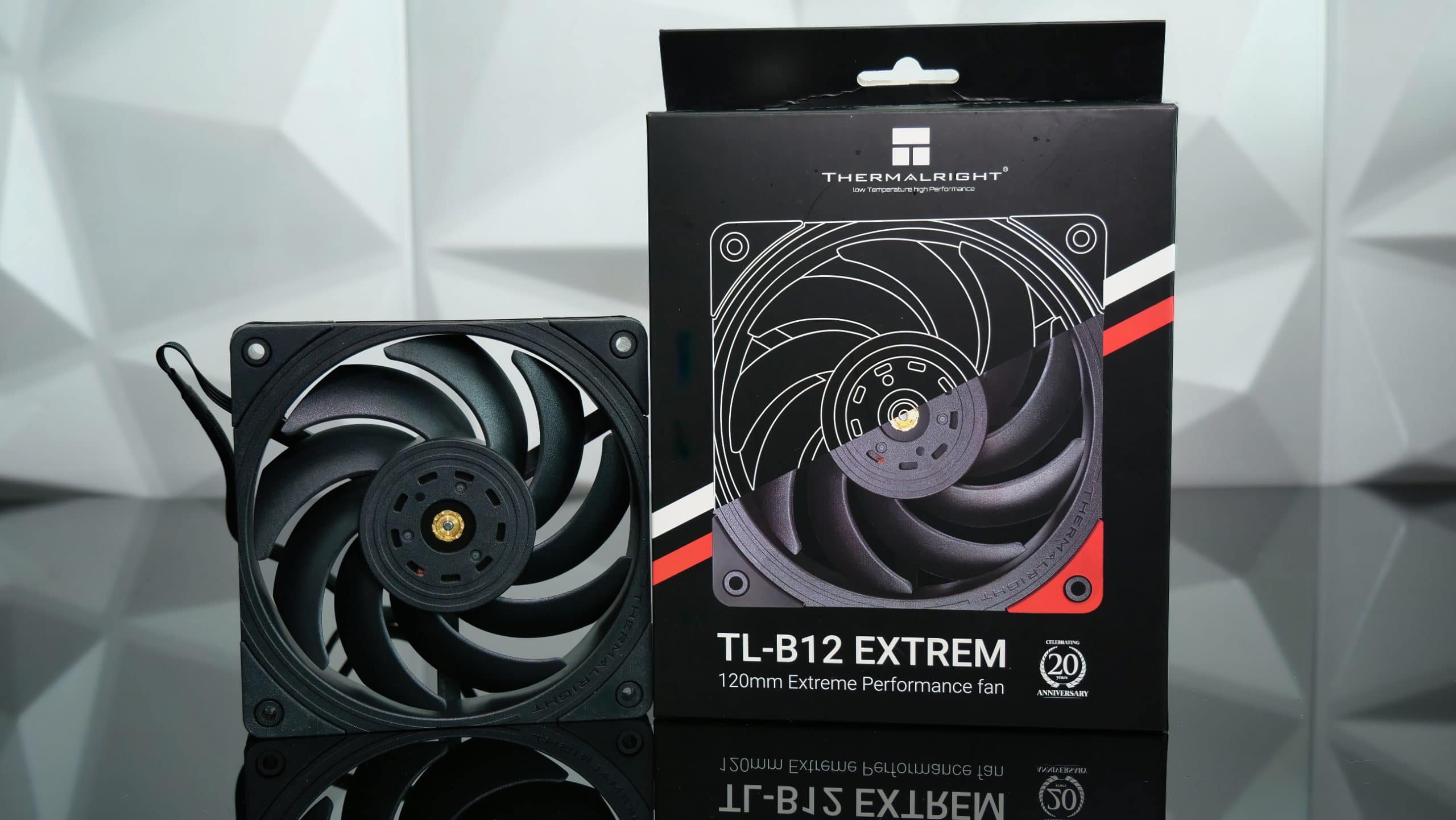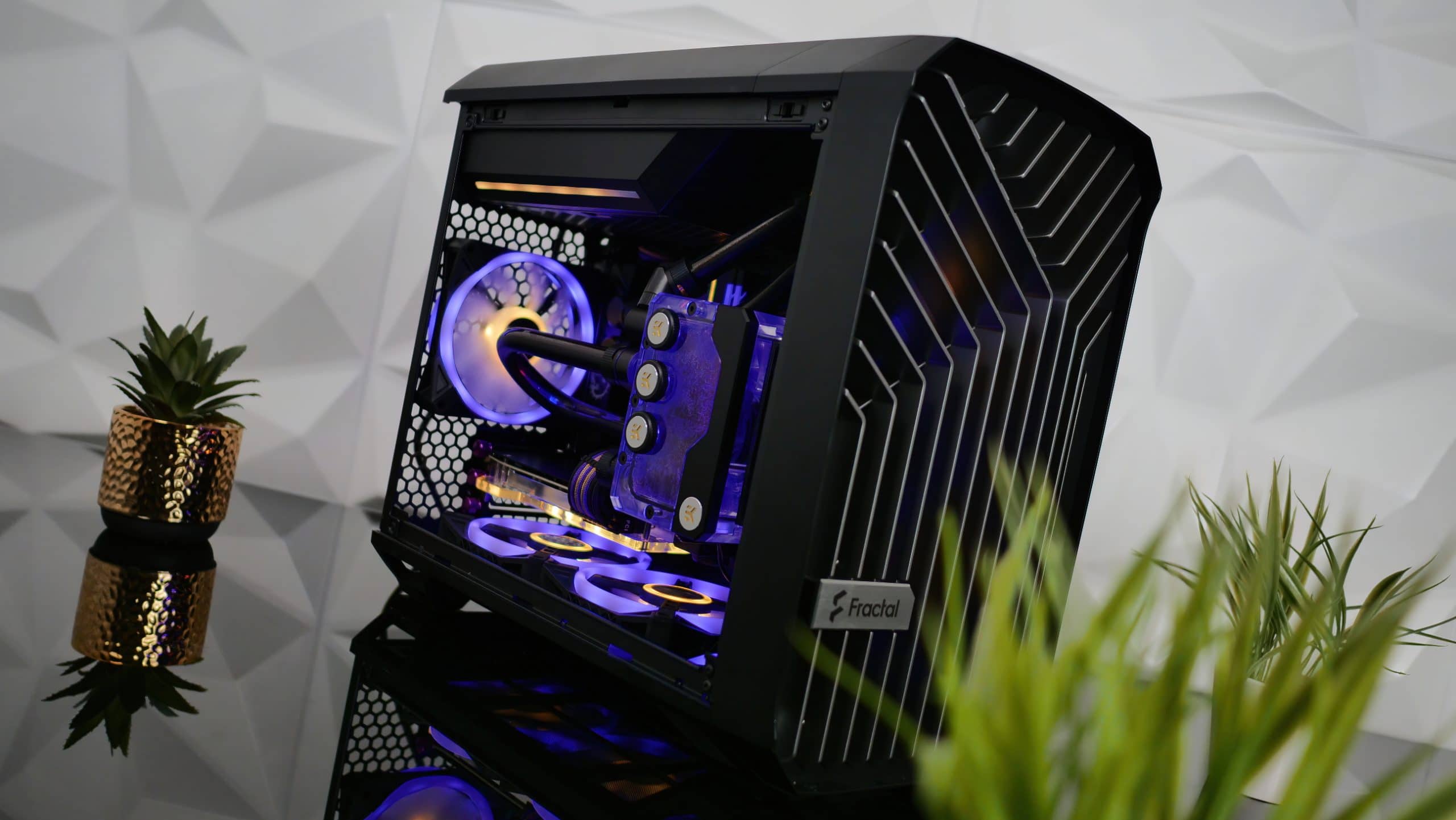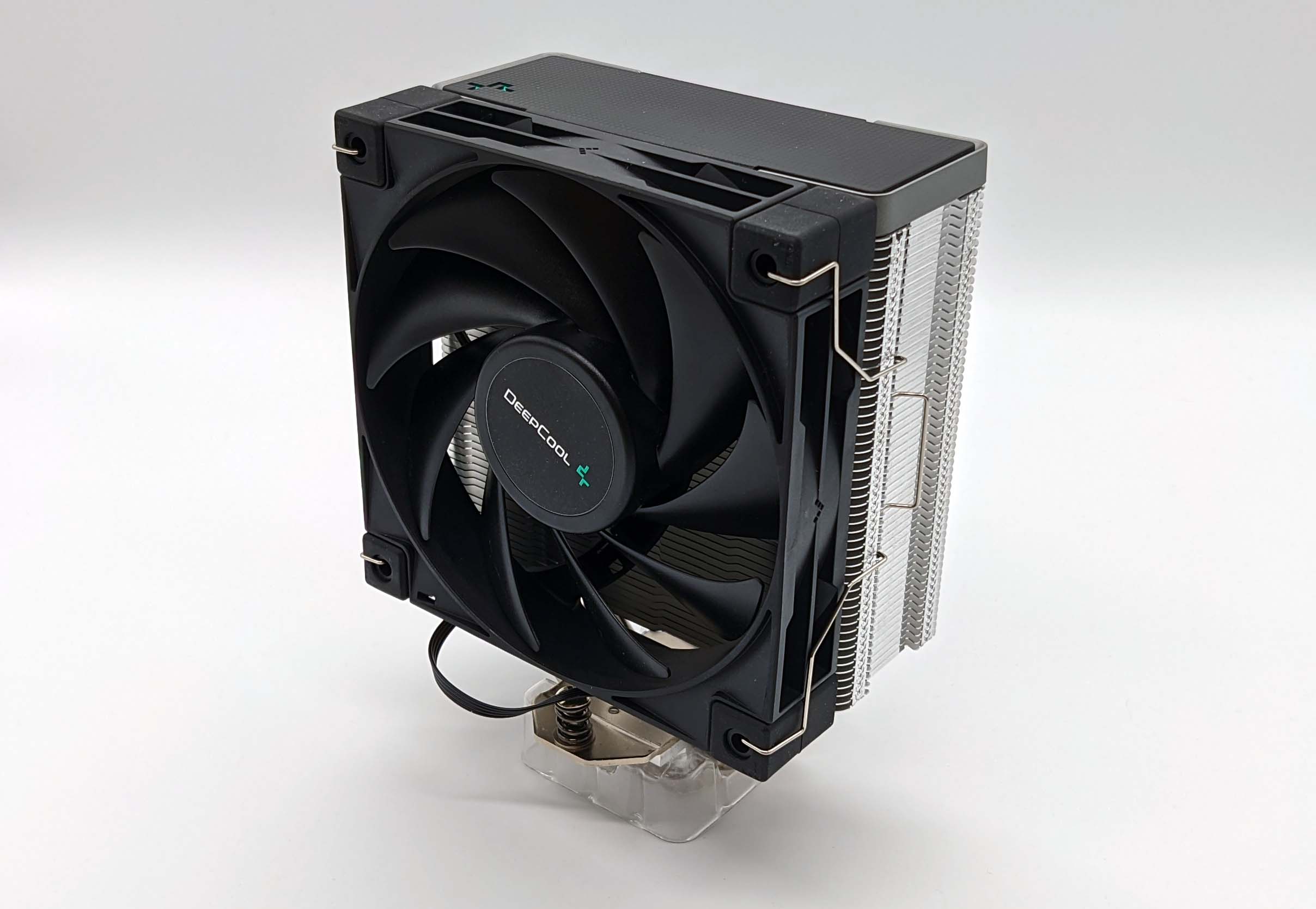Thermal conductivity pad tests on the NVIDIA GeForce RTX 3080 – Four reference pads and brutal temperature drops of the hot GDDR6X up to 50%!
We know the situation that the GDDR6X memory on NVIDIA’s GeForce RTX 3080 is a real radiant heater and one always lives in the fear that temperatures that are too high could possibly cause long-term damage in the long term. On the other hand, there are of course tons of thermal pads on the market as possible replacements, some of which promise real miracles and are accordingly outrageously expensive. But how do you actually want to check such pads?
As a starting point, I use exactly the same pads that NVIDIA uses on the original GeForce RTX 3080 FE. At that time I was able to trace the path of these soft and crumbly pads to the manufacturer and also use them for my tests as a comparison value in the lowest performance class. Because if we are honest, it is really not high-end, but designed for durability and the softest possible consistency, without the silicone can bleed out here as with so many ultra-soft pads.
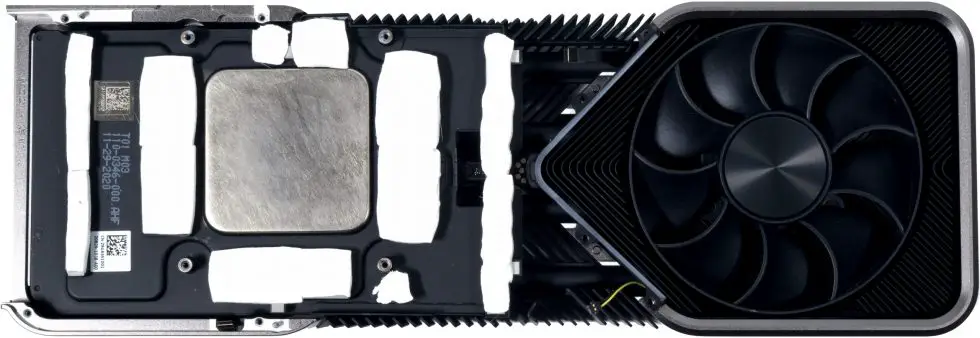
Four performance classes: Which pads do we choose as a reference?
The intention behind the test is a division into four performance classes, because the fact that a pad (100 x 100 x 1 mm) for less than 20 euros does not come close to one for 100 euros in the same size should also be logically understandable. But the intermediate stages between the two extremes are also very interesting here, because often a little less is much cheaper and usually completely sufficient for the intended purpose.
| Performance class | Thermal conductivity | Test-Muster |
| Entry-level class | < 5 W/(m*K) | Alphacool Eisschicht Ultra Soft 3 W / (m * K) |
| Middle class | 5 to 8 W / (m * K) | Alphacool Rise Ultra Soft 7 W/(m*K) |
| Upper class | 9 to 12 W / (m * K) | Alphacool Eisschicht 11 W / (m * K) |
| High-End | > 12 W/(m*K) | Alphacool Eisschicht 14 W / (m * K) |
This is exactly where Alphacool comes into play, which previously included exactly such 1 mm pads with a thermal conductivity of 3 W / (m * K) on the GPX coolers as a bonus. The advantage of such ultra-soft pads has already been described often enough, because especially on the current large ampere graphics cards with the packages of very different heights, it is important to establish good contact with the surfaces that have to be cooled without much counter pressure, if possible, without the disgusting silicone can leak later. As a result, the pads ultimately become hard and significantly lose performance. You can’t use that like that.
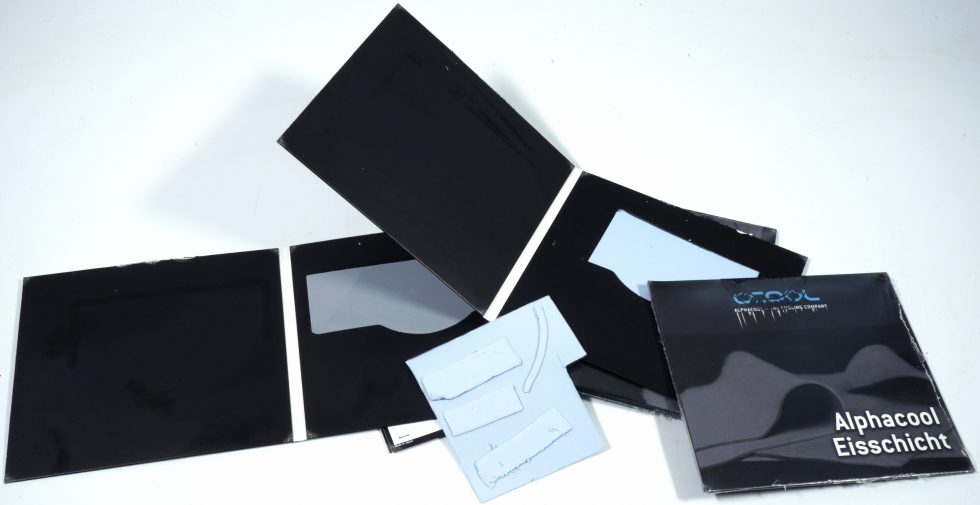
In addition, there is the new pad with 7 W / (m * K) as a replacement in the test portfolio for the pads as an upgrade to the next higher class, which will replace the white pads at Alphacool in the foreseeable future. Both are also available separately in the shop as Alphacool Eisschicht or Rise. But that alone is no reason for an article, even if the improvement to the pad with 7 W / (m * K) would actually have been worth a test. I round off today’s test for the reference values with two more pads: once 11 W / (m * K) and once 14 W / (m * K).
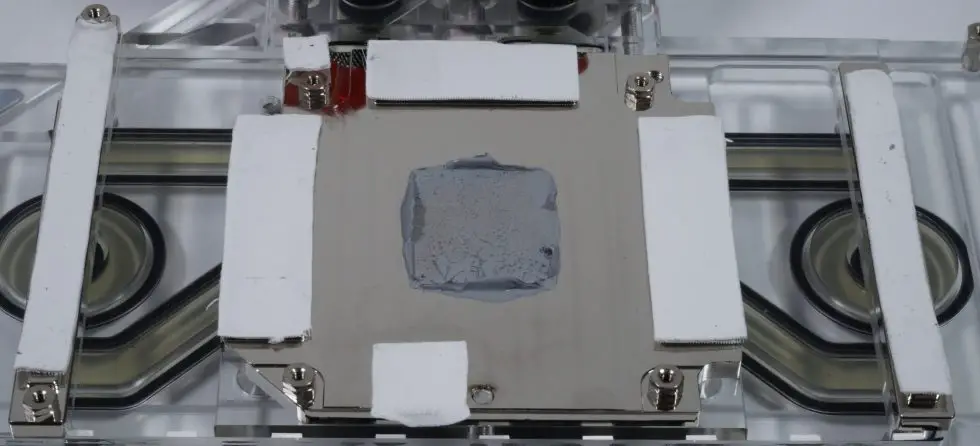
I also know the source of these pads, this time they both come originally from Japan and also hold what was printed on. But a pad test needs to be well thought out in order to rule out all eventualities and to keep the measurement tolerances as small as possible. That’s why I didn’t save on the effort and went a little further. At this point, I would also like to express my thanks to Alphacool, who in this case offered themselves as a reference and made the pads available for preliminary tests without obligation and without any influence. I needed pads whose information I can also believe if you start a series of comparisons. Because the higher the information on thermal conductivity, the more healthy mistrust you should have.
No one has to cheat with the cheaper pads, but everything from 5 W / (m * K) can quickly become a surprise bag, also in terms of price. There are then various Chinese OEMs already in Pinocchio country, who in turn supply various resellers and labels, with a massive overvaluation ex works. But more on that later. There are also good examples with useful information. Fujipoly, for example, sells extreme pads as SARCON, which can only be obtained from resellers, but not directly as end customers. Unless you buy a whole range right away. That was also a reason to take advantage of Alphacool’s offer, because the two higher-quality pads come from exactly this Japanese manufacturer. And then unfortunately they are a bit more expensive.
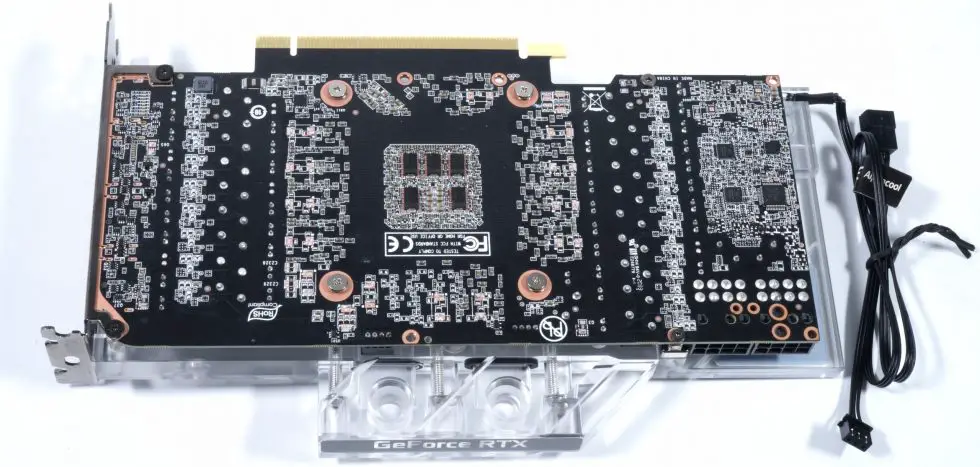
I will generally use pads with a thickness of 1 mm for the tests, as they not only ideally fit the water block, but are more meaningful in the test than much thinner pads, where the differences can then drift in the direction of the measurement tolerance. Of course, thicker is always possible, but thinner would mean enormous additional work for an identical statement. So it stays with the 1 mm pads, the rest can be deduced by everyone, since the real thermal resistance increases or decreases proportionally to the thickness of the pads. Ergo: the thicker the required pad has to be, the more it depends on its thermal conductivity. So simple physics.
By the way, in the picture at the top we see a bluish and very crumbly pad with already used strips as a receipt, which as a block with 100 x 100 x 1 mm already costs just under 85 euros and is more reminiscent of highly viscous thermal paste in terms of consistency. Does it really justify the high price? Please turn the page and be amazed further down!

- 1 – Initial situation and test setup
- 2 – Test setup and measurement tolerances
- 3 – Measurement results in detail
- 4 – A Chinese blender and a few words about the OEM business
- 5 – Summary and Conclusion





